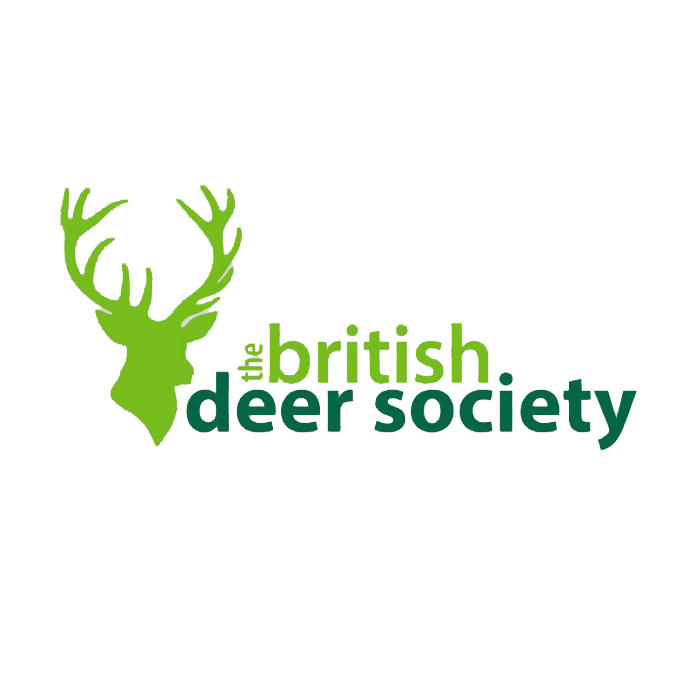Don’t veer for deer –
In the news this week have been reminders both in the UK and across the pond to drivers not to veer for deer.
It is recommended that drivers don’t over-swerve to avoid hitting a deer. If a collision with the animal seems inevitable, then hitting it while maintaining full control of your car is the best course of action. The alternative of swerving into oncoming traffic or off of the road surface could be even worse.
Also, motorcyclists should be aware that they are at particular risk when in direct collisions with animals.
However, the BDS (British Deer Society) encourage drivers to also follow the following tips to help reduce their risk of a deer-vehicle collision.
Tips to Help Avoid a Deer-Vehicle Collision
Do take note of wildlife warning signs, but be aware many roads that deer cross may not have warning signs.

-
Be extra aware. Drive with caution during peak danger periods from sunset to midnight, and the hours shortly before and after sunrise.
-
If you see one deer be prepared for more as further deer may well cross.
-
Use your lights – After dark, do use full-beam when there is no opposing traffic. BUT, when a deer or other animal is seen on the road, dim your headlights. Animals startled by the beam may ‘freeze’ rather than leaving the road.
-
If you see a deer on the road, be aware that others may well cross after the one you have noticed: deer will more often move around in groups than alone.
-
After dark, use full-beam when there is no oncoming traffic. Your headlights will illuminate the eyes of deer on or near a roadway giving you earlier warning and greater reaction time. BUT, when a deer or other animals is noted on the road, dip your headlights as animals startled by the beam may ‘freeze’ rather than leaving the road.
-
Don’t over-swerve to avoid a deer. If a collision with the animal seems inevitable, then hit it while maintaining full control of your car. The alternative of swerving into oncoming traffic or a ditch could be even worse. An exception here may be motorcyclists, who are at particular risk when in direct collisions with animals.
-
Only brake sharply and stop if there is no danger of being hit by following traffic. Try to stop as far in front of the animal as possible to enable it to leave the roadside without panic.
-
Report any deer-vehicle collisions to the police. The Police will contact the local person best able to help with an injured deer at the roadside. Do not approach an injured deer yourself it may be dangerous.
If you wish to report a deer-vehicle collision or to find out more on safety advice please visit www.deeraware.com
Many police constabularies coordinate schemes for the humane despatch of animals injured in road collisions.’ and ‘The police should always be advised if a deer carcass is likely to present a hazard to road users.
The British Deer Society campaigns to raise awareness of the dangers of deer collisions. More information can be found on their campaigns page.
We are members of the BDS

